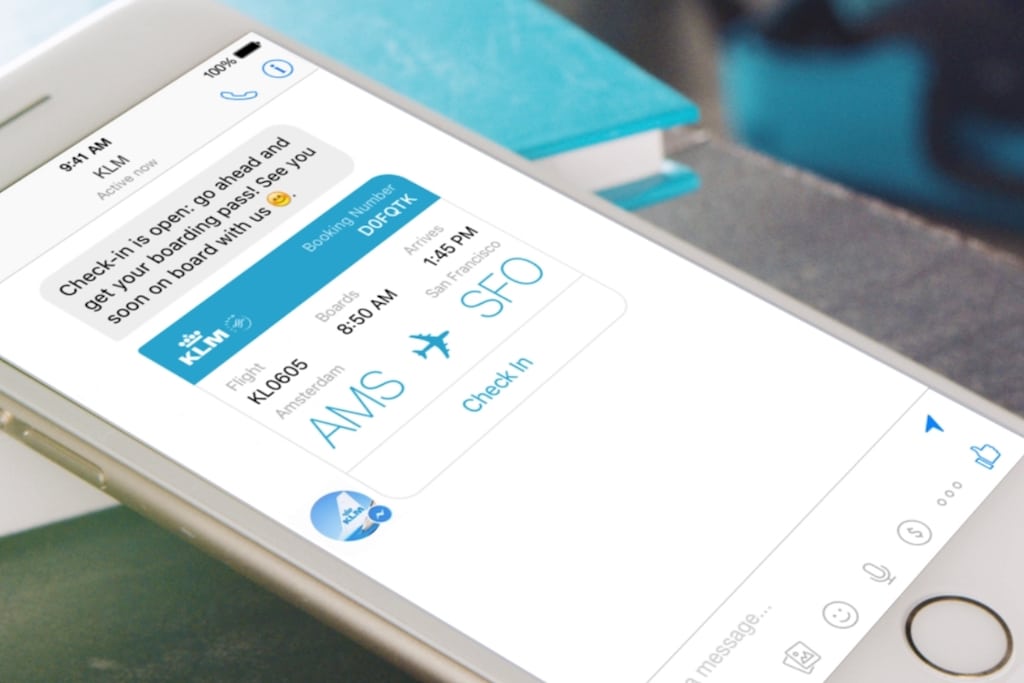How Travel Brands Do Customer Service Right on Social Media

Skift Take
Forget the 1-800 number. Social media is rapidly becoming one of the travel industry’s most important channels for customer service.
A 2016 study by marketing agency Rational found that 67% of consumers have used a company’s social media channel for customer service, and that another 53% expect a response within 60 minutes of contact. Social-focused customer service now even influences entire advertising campaigns, and has been shown to cost travel brands real money if they don’t respond. Another study from Twitter suggests travelers spend more money with brands that promptly respond to their questions on social media. Put simply, the stakes for getting customer service right on social media have never been higher.
Given this rising rate of requests and increasingly high stakes environment, how can companies ensure they’re developing the right customer-centric social strategies? Are automated tools like chatbots a potential solution? The truth is there are no right answers. Each brand needs to define what works for their organizational structure and processes. However, guidelines do exist that can help travel brands grow and thrive in this new environment, where real-time 1:1 responsiveness is more important than ever. Here’s how some of the travel industry’s top companies are answering this question.
For many executives in the travel industry, the question is not if they’re going to be using social media to handle customer service, but how? And this means thinking through the various social channels and the guidelines they will use to handle questions and requests on those accounts. “Guests don’t want to reach out via a platform only to be told to call a toll-free number,” said Dan Moriarty, formerly the director of social strategy for Hyatt. “They want to have the conversation in the channel in which they are most comfortable.”
This also means not only having clear, but also flexible guidelines for how to respond to social requests. For Kimpton Hotels, employees have been deputized at various properties to respond to posts based on their city and customer base. “Posts aren’t mandated by the home office,” said Kathleen Reidenbach, senior vice president of marketing for Kimpton Hotels. “Rather than being a one-way marketing vehicle, it’s an opportunity for us to connect with guests on a deeper, more personal level and respond to their feedback in real time, from real people who care.”
For other travel brands like KLM airlines, having clearly-defined social media guidelines has created an increased focus on transparency and internal workflow. The brand lists the current social media “wait time” right on its Twitter page. Increased staffing for its social support team also makes it easier for KLM to divide up the workflow of inbound requests, often “tiering” requests so that more standard questions can be answer quickly while more complicated questions are elevated to the proper team. KLM is also turning to automated “chatbots” within apps like Facebook Messenger to help further streamline customer service response. “When we started, people were happy to see a response to begin with, but very quickly their expectations grew,” said Tjalling Smit, senior vice president of ecommerce for Air France and KLM. “We had to find more agents and add resources.”
While having clear guidelines for staff is important, it’s worth emphasizing that spontaneous human interactions are another important method to build goodwill. Hilton Hotels, for example, wanted to provide utility for travelers regardless of if they were residing at a Hilton resort for their stay. Their desire to provide extended customer service was the basis for their launch of Hilton Suggests, a social account dedicated to helping travelers find insider city tips while traveling. “We’ll provide tips on what’s a family-friendly restaurant in Los Angeles or what’s the best neighborhood in Dallas if you’re single,” said Melissa Walner, director of global SEO at Hilton Worldwide. “It’s a way to keep the brand in front of them. We’re a hospitality company; it shows we’re hospitable whether you’re staying with us or not.”
Regardless if your brand has already built a social media strategy or is still identifying the right way to move forward, the reality is that social media as a customer service channel is here to stay. Travel brands who develop an effective strategy and guidelines to handle this emerging channel are the ones that will earn travelers’ goodwill and spending in the years to come.
Key takeaways for travel brands with social media:
- Set customer expectations up front – travelers expect responsiveness on social media for their customer service requests. This can be time consuming, and costly, for travel brands. To avoid headaches, follow the lead of brands like KLM and be transparent about how, where and when you’ll be able to answer their inquiry.
- Create staff guidelines, but stay flexible – having a “plan of attack” for how your brand will respond to customer questions and complaints is essential. Otherwise inconsistency and chaos will rule. Automation tools like “chatbots” can lessen the workload for easy-to answer questions like flight status. That said, don’t be afraid to empower staff to be “human” when the situation demands, allowing them to customize interactions based on customers’ locations, requests and urgency
- Leave room for surprise and delight – following on the point above, unexpected opportunities to “over-deliver” on customer service using social media can often lead to a halo of goodwill for the brand. Customers are inclined to share their positive experience with others, and it creates an understanding that your brand cares about its customers.
This content was created collaboratively between Adobe, Epsilon, and Skift’s SkiftX content studio. For more digital insights, download the 2017 Digital Transformation Report for free here, or check out some of the other articles in this series:




